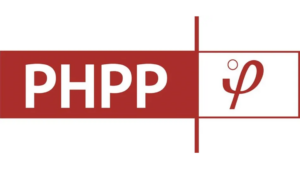The PHPP was recently updated to Version 10. In this live online course, over six half-days, students will go on an in-depth tour of PHPP Version 10 and learn how to use it for building design and certification. Participants will be guided step-by-step through the relevant worksheets while learning the correct conventions for measurements and calculations. Proper documentation will also be covered in detail. A case study will provide participants with practical experience in completing and documenting PHPP calculations for building certification. Calculating predictable performance and optimized design in the PHPP is the key to achieving Passive House success – so don’t delay!
Time and Dates: Noon – 4:30 ET, March 5, 7, 12, 14, 19 & 21
Students will then have 1 year of access to the on-demand course posted following seminars.
AIA 24 LU|HSW
PHI 12 CEUs







